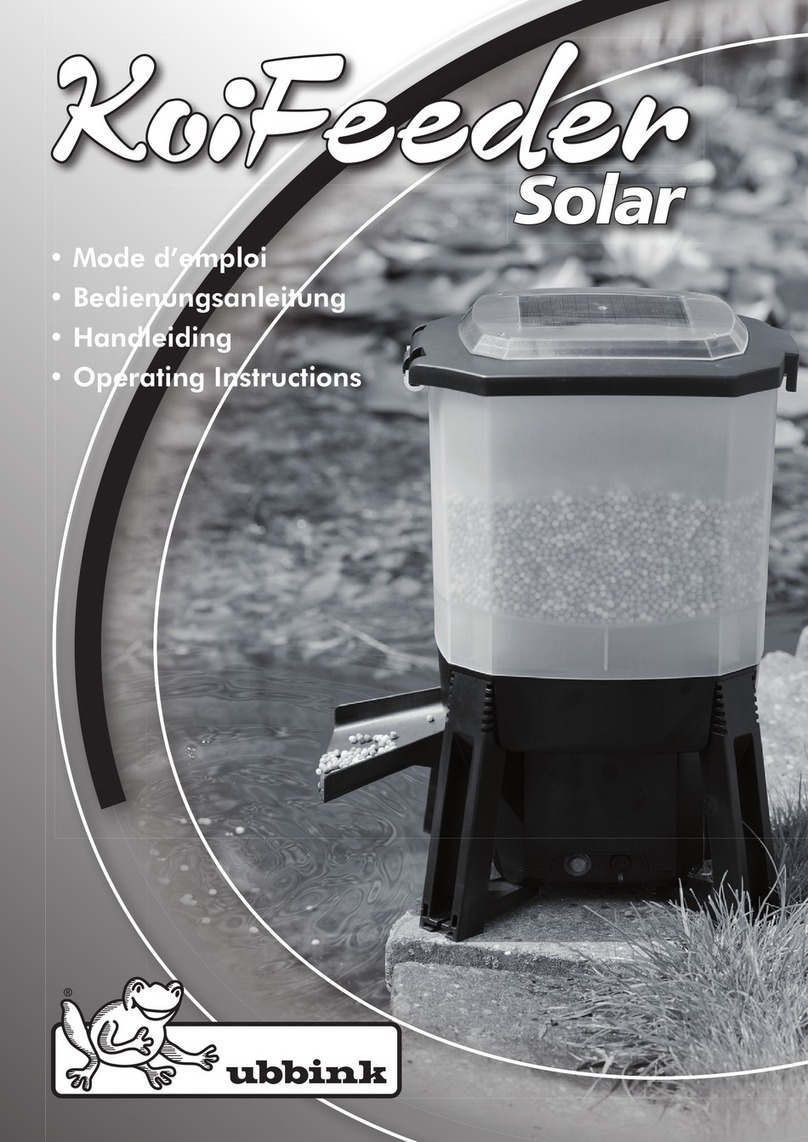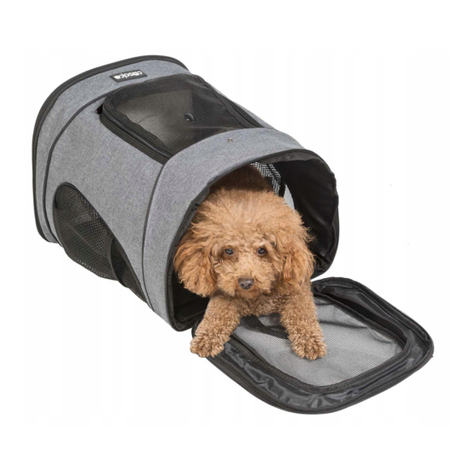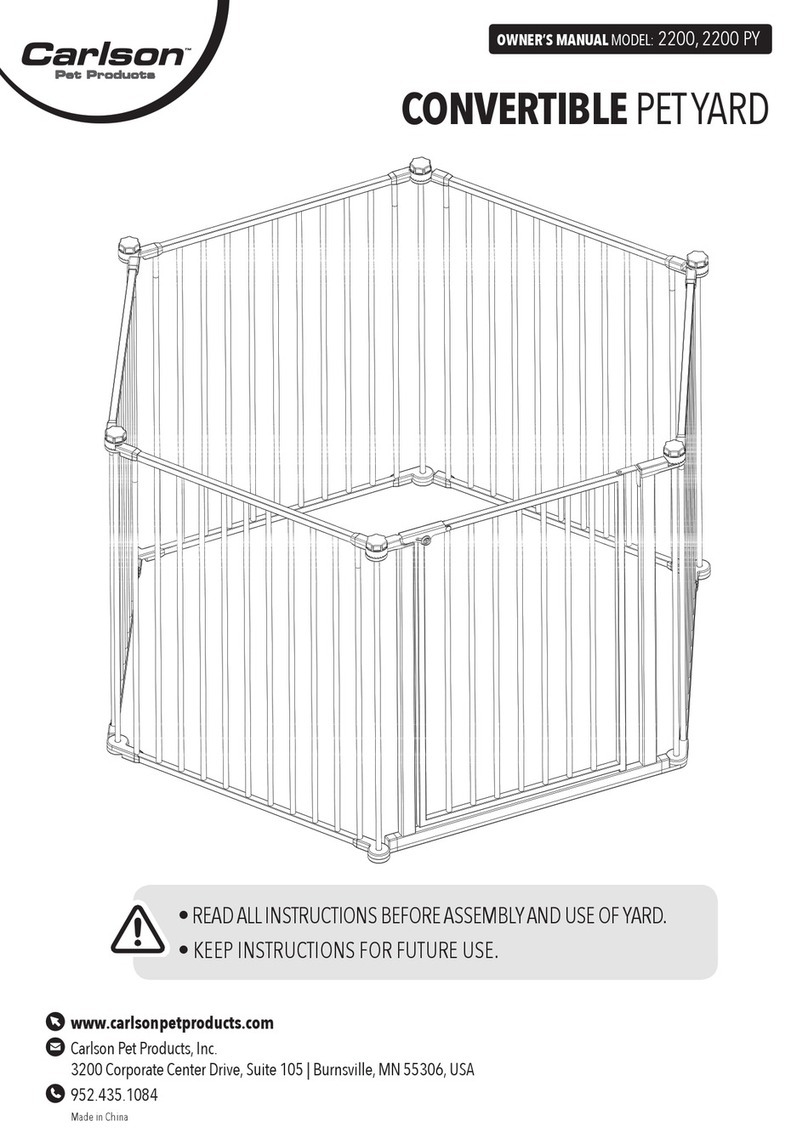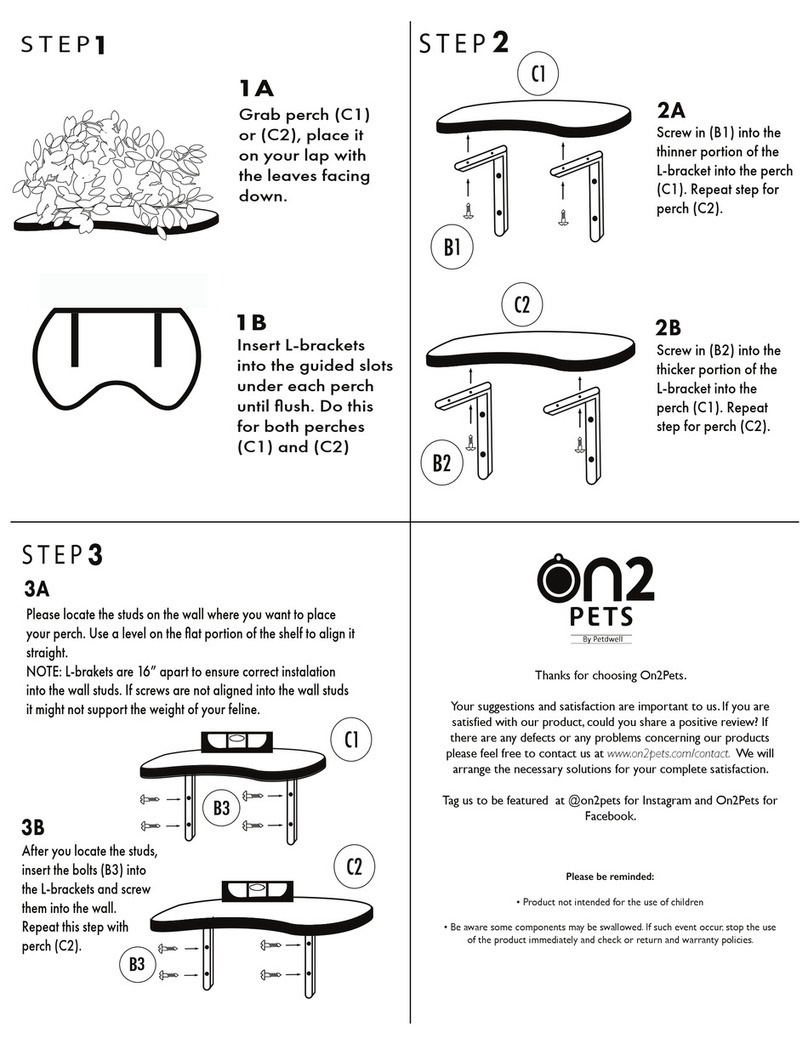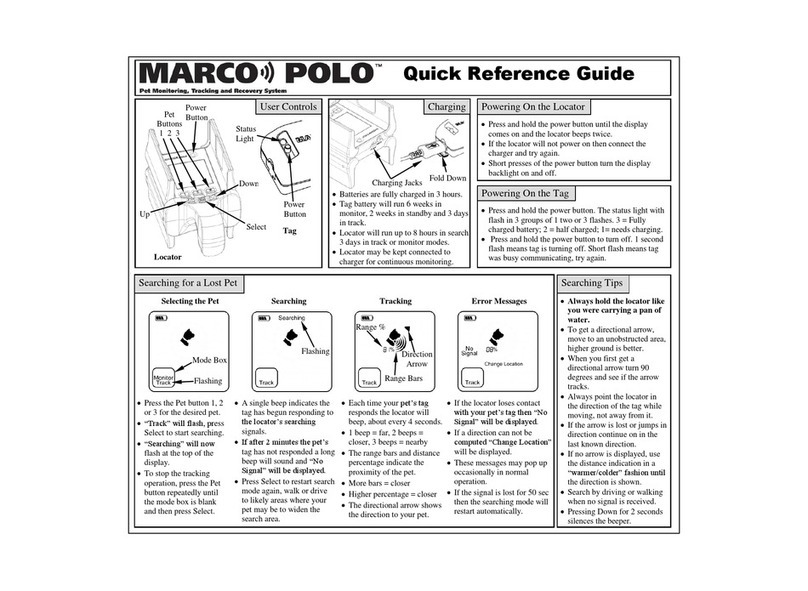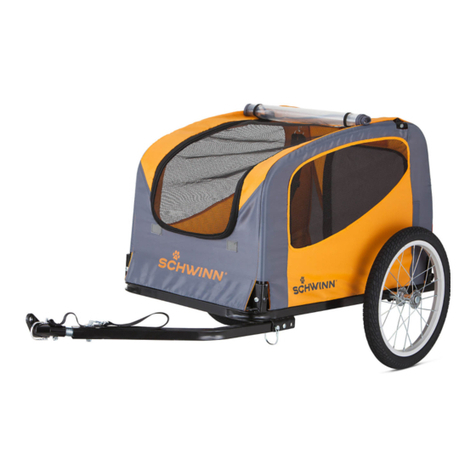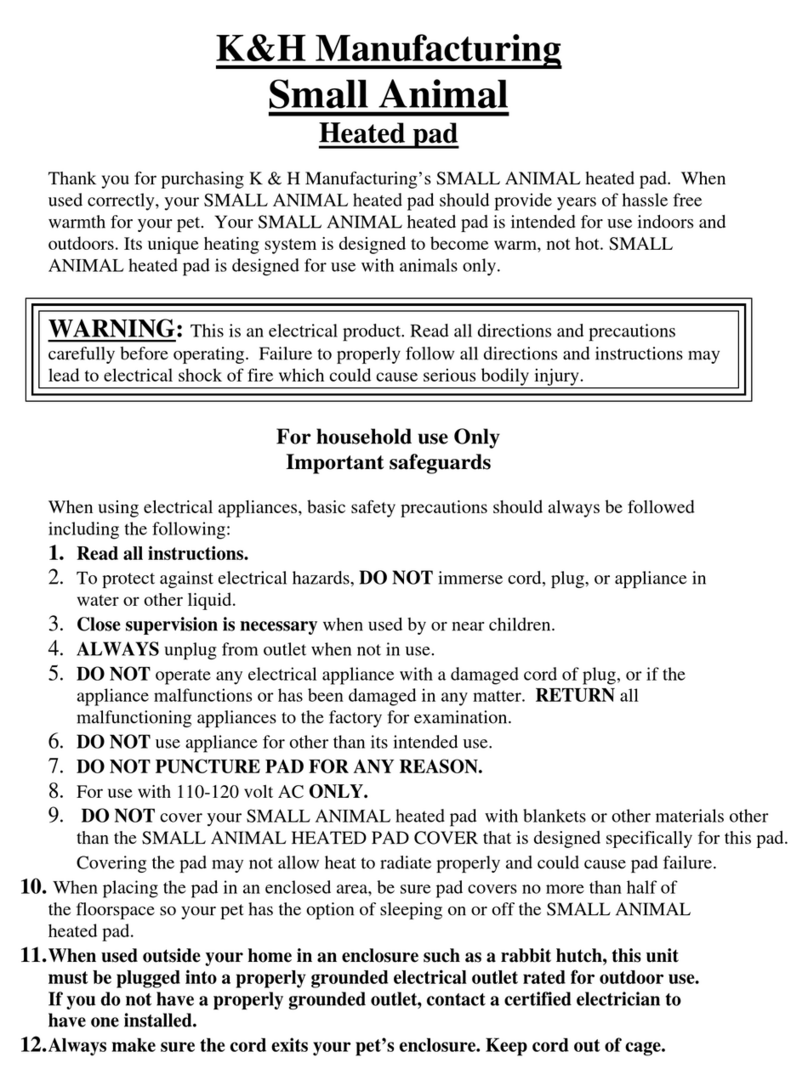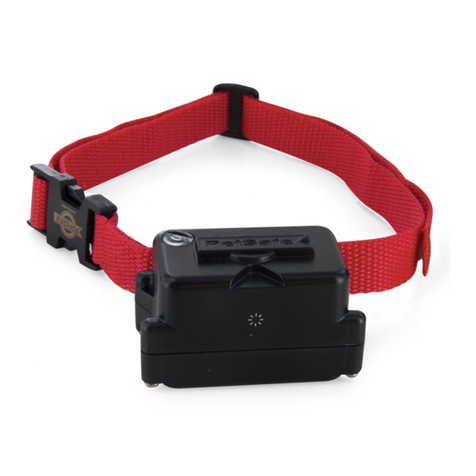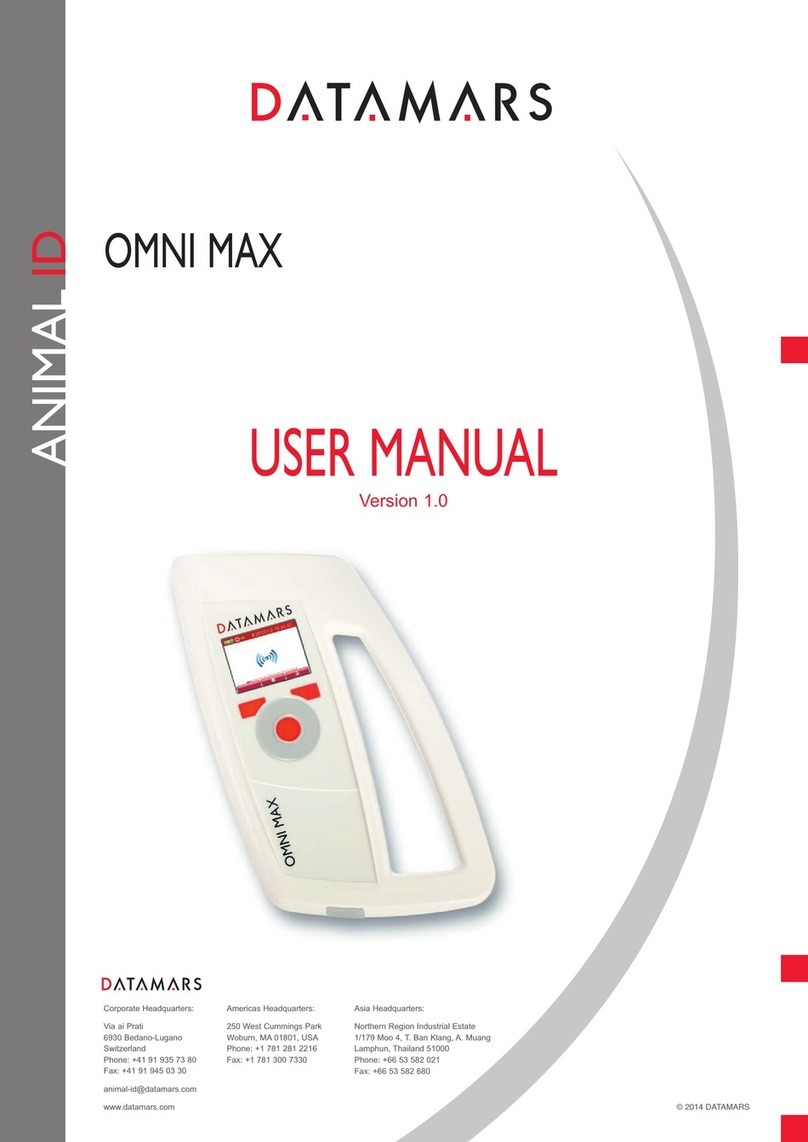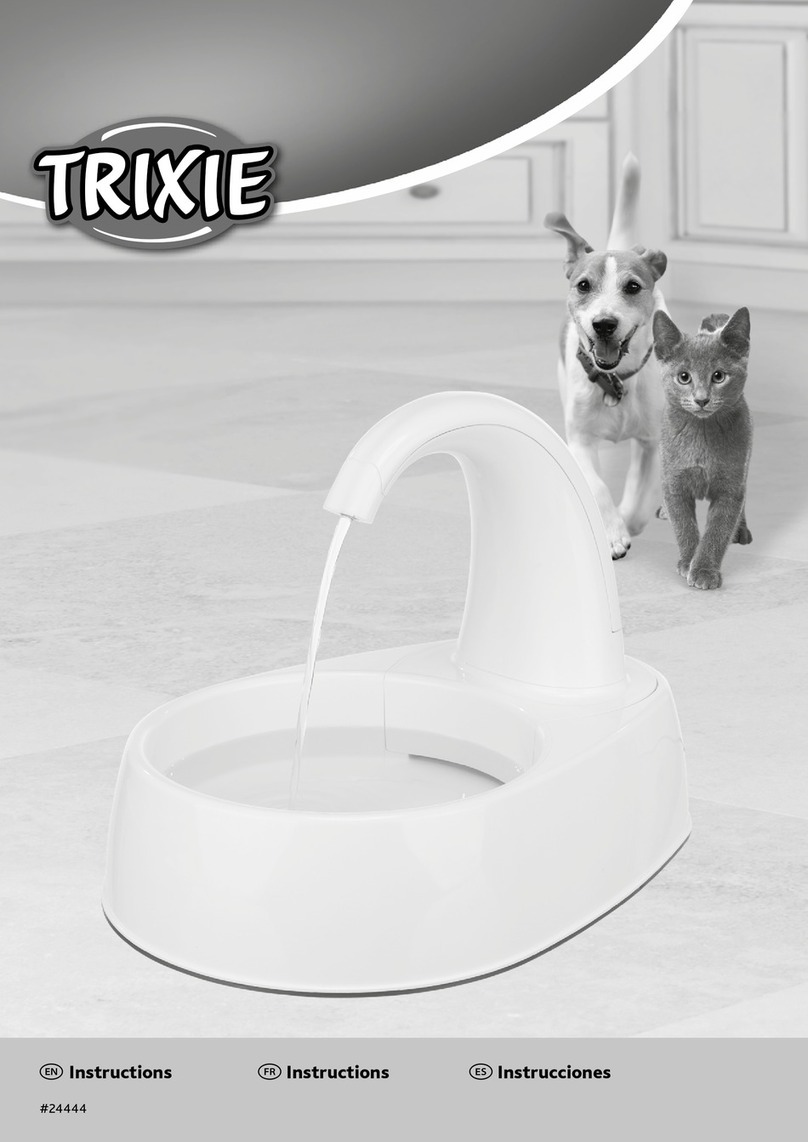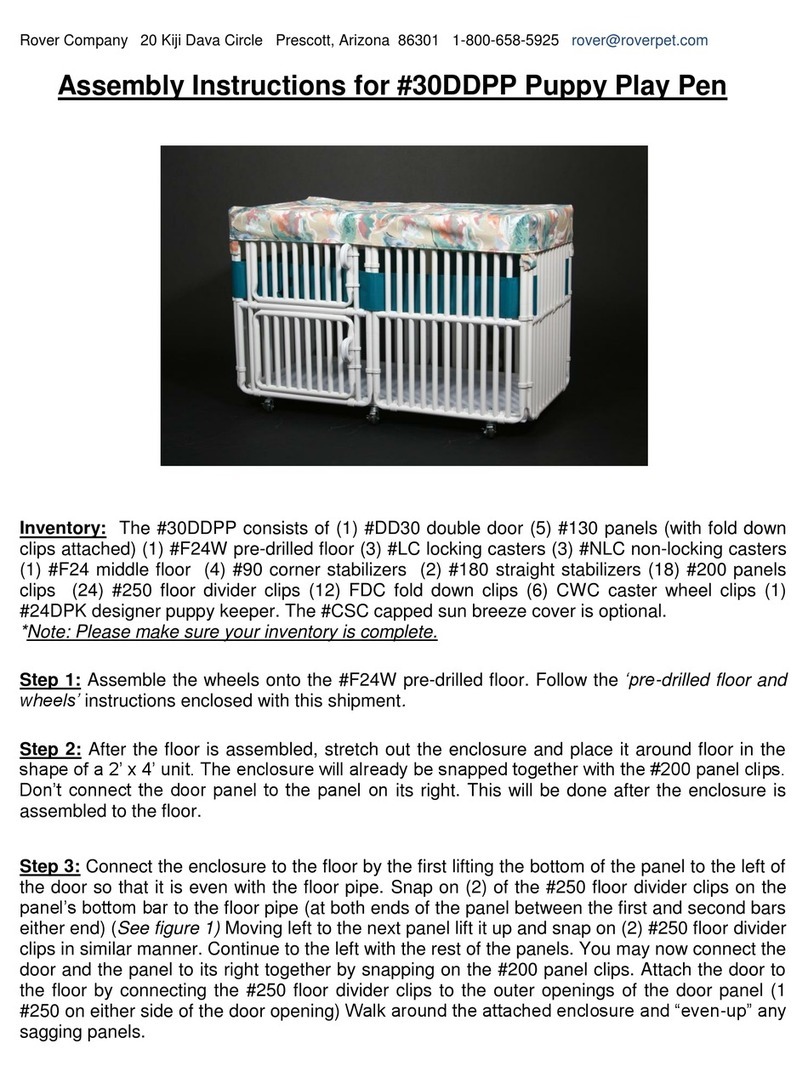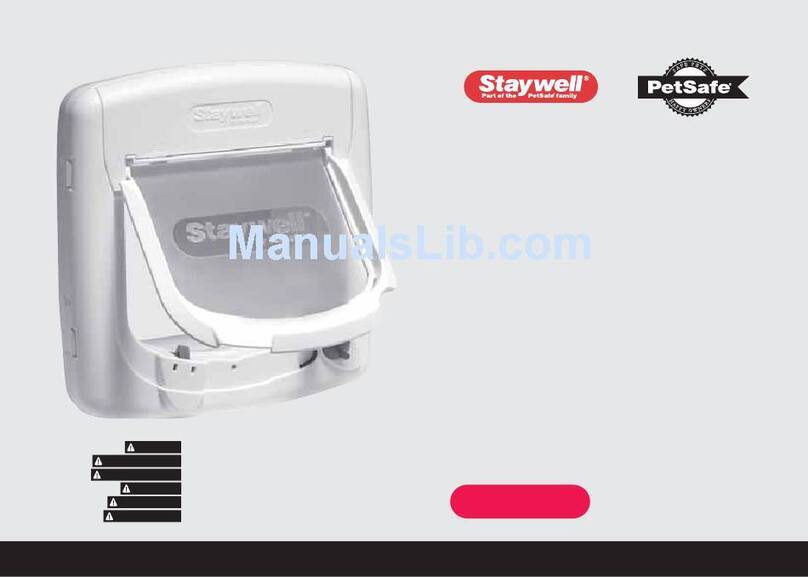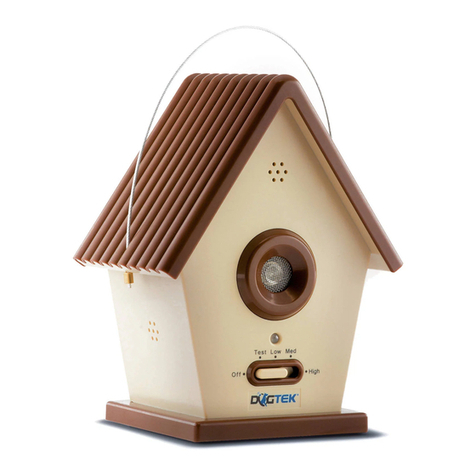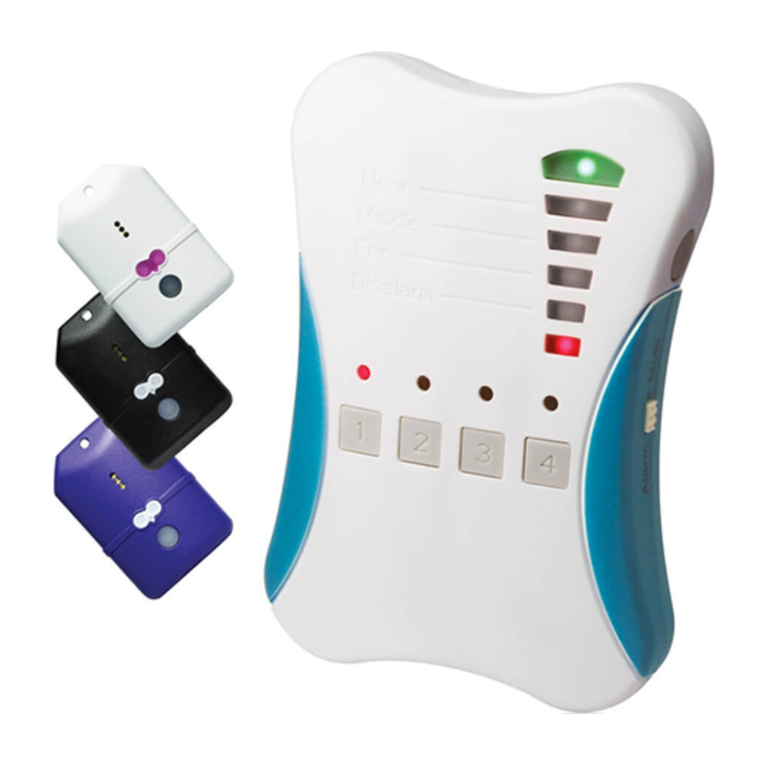
Marco Polo Operating Instructions
11
on your footing when searching at night. To turn the beeping off, press the
Down button.
If you and/or your pet are moving then the signal conditions are constantly
changing and the information on the tracking display may be rapidly changing
as well. For example, if your pet moves behind a large obstruction, such as a
large building or a hill, the signal strength may fall off quickly or become too
low to be received even though your pet has not moved very much further
away. Also, depending on obstructions and objects that might reflect or block
the signal coming from your pet’s tag, the locator may not be able to calculate
the direction to the pet. These conditions will be reflected on the tracking
display as shown in Figure 9.
If no signal is received back from the tag the tag icon does not flash and the No
Signal message is displayed, this condition can occur from time to time under
and is not a malfunction. The locator will keep trying to communicate with the
tag. If 10 attempts in a row to communicate with the tag fail (about 40
seconds) the locator will automatically restart the paging operation and the
display will appear as in Figure 7. If the paging operation is unsuccessful the
locator will emit one long beep and wait for you to press Select to resume
paging the tag again.
If the locator can receive a signal back from the tag but can not calculate a
direction to the tag the Change Location message will be displayed to remind
you to move the locator to a better location (see the Tracking Tips section for
more information.) The Change Location display will only appear after the
Tag Icon Does Not
No Signal
Received from Tag
Unable to Calculate a
Direction
Figure 9
Tracking Error Messages
Marco Polo Operating Instructions
12
locator is unable to calculate a direction after four consecutive attempts. As
long as a response is received from your pet’s tag the signal strength
information will be updated, even if a direction can not be determined.
As you move along in your search for your pet it is normal to see No Signal or
Change Location pop up occasionally - the system is designed to accommodate
these situations. Continue along the path of the last displayed direction or the
path that gives an increasing signal level if no direction is displayed.
Exiting Track Mode
When you are finished tracking you can exit Track mode by pressing the Pet
button to enter the select mode and then twice more to move to idle mode or, if
you are finished using the locator, you can simply turn it off. It is never
necessary to change anything on your pet’s tag; it says on all the time and
changes modes automatically.
Monitoring a Pet
One of the most unique and powerful features of your Marco Polo system is
the ability to monitor your pets 24 hours a day to ensure that they have not left
your yard or other designated area. To get the most out of the monitoring
features of the system you will need to customize the settings for your
individual situation. After this is done, you will not need to adjust the settings
unless you change locations or wish to alter the way Marco Polo notifies you
about a missing pet.
Monitoring Setups
The Marco Polo system allows you to select individual boundaries for up to
three different pets as well as select the type of notification you will receive
when the pet wanders outside of that boundary area. To enter the Setup mode
turn the locator on and then press and hold the Select button until Setup begins
flashing on the display as shown in Figure 10. Press select again to enter setup
mode. The 3 mode boxes will now flash prompting you to press the Pet button
you wish to set up. Press Pet button 1, 2 or 3 to continue.
